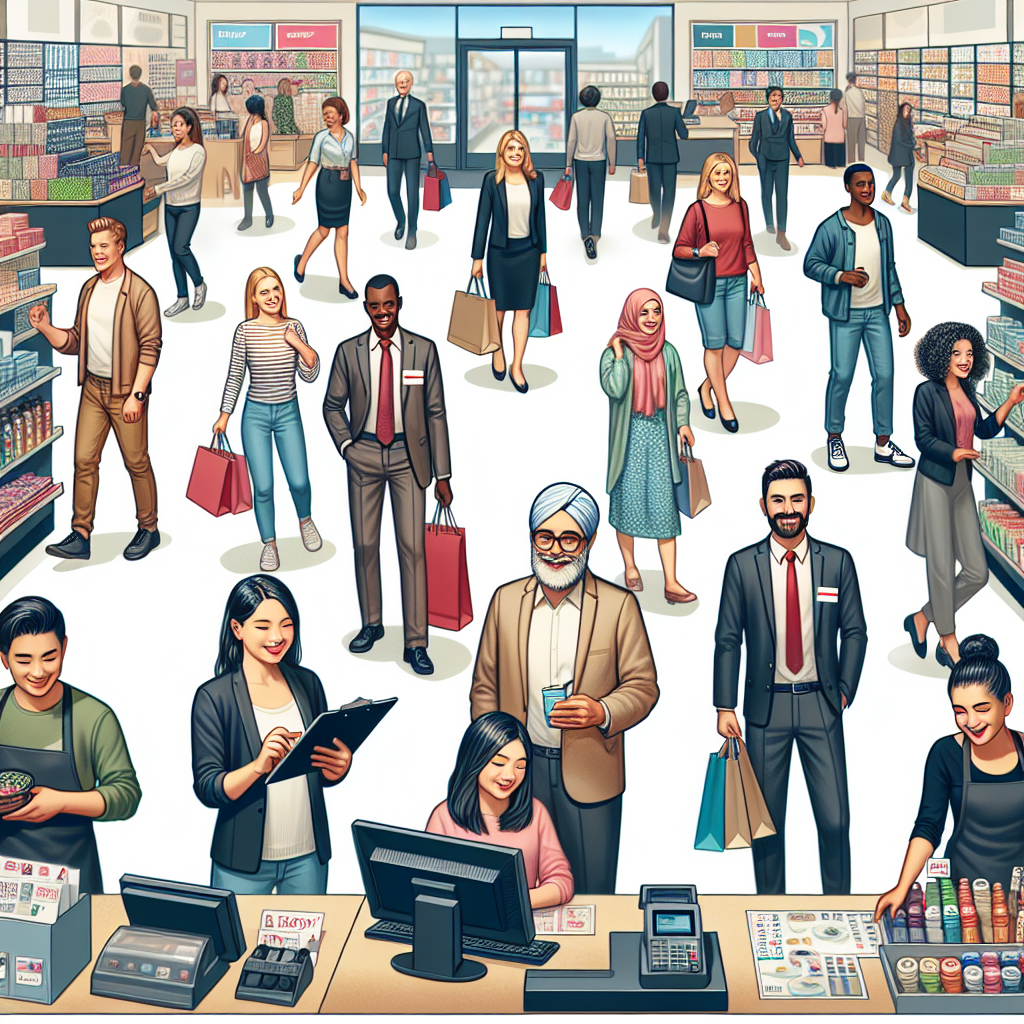U.S. Retail Sales Struggle in May Amid Lower Gas and Auto Prices
U.S. retail sales saw a modest increase of 0.1% in May, falling short of economists' expectations. The lower growth was attributed to decreased prices for gasoline and vehicles. Despite tightening credit from banks and slower wage growth impacting consumer spending, the sales pace remains sufficient to support economic expansion.

- Country:
- United States
U.S. retail sales increased less than expected in May in May as lower prices for gasoline and motor vehicles weighed on receipts at service stations and auto dealerships. Retail sales rose 0.1% last month after a downwardly revised 0.2% drop in April, the Commerce Department's Census Bureau said on Tuesday. Retail sales were previously reported to have been unchanged in April.
Economists polled by Reuters had forecast retail sales, which are mostly goods and are not adjusted for inflation, gaining 0.3% in May. Retail sales have in recent months been distorted by an early Easter. Nonetheless, the trend in sales growth has been slowing as higher prices and interest rates force households to prioritize essentials and cut back on discretionary spending.
Banks are also tightening access to credit as lower income borrowers increasingly struggle to keep up with their loan payments. Though the labor market remains on a solid footing, it is becoming a bit difficult for people who lose their jobs to quickly find new work and wage increases are moderating. Savings have also been whittled down. Still, the pace of spending is likely sufficient to sustain the economic expansion.
The Federal Reserve last week kept its benchmark overnight interest rate in the current 5.25%-5.50% range, where it has been since last July. U.S. central bank officials pushed out the start of rate cuts to perhaps as late as December, with policymakers projecting only a single quarter-percentage-point reduction for this year. They, however, maintained their gross domestic product growth estimates. Retail sales excluding automobiles, gasoline, building materials and food services rose 0.4% last month after a downwardly revised 0.5% drop in April. These so-called retail sales were previously reported to have declined 0.3% in April.
Core retail sales correspond most closely with the consumer spending component of GDP. Consumer spending increased at a 2.0% annualized rate in the first quarter, helping to restrain the economy to a 1.3% growth pace. Growth estimates for the second quarter are as high as a 3.1% rate.
(This story has not been edited by Devdiscourse staff and is auto-generated from a syndicated feed.)
ALSO READ
Norwegian Central Bank Maintains High Interest Rates Amid Global Monetary Uncertainty
Bank of England Maintains Interest Rates Amid Inflation Concerns
Cyberattacks Disrupt Auto Sales Across North America
India's GDP Growth Forecast Retained Amid High Interest Rates: S&P Global Ratings
Government Keeps Small Savings Scheme Interest Rates Unchanged for Q2 FY 2024-25










